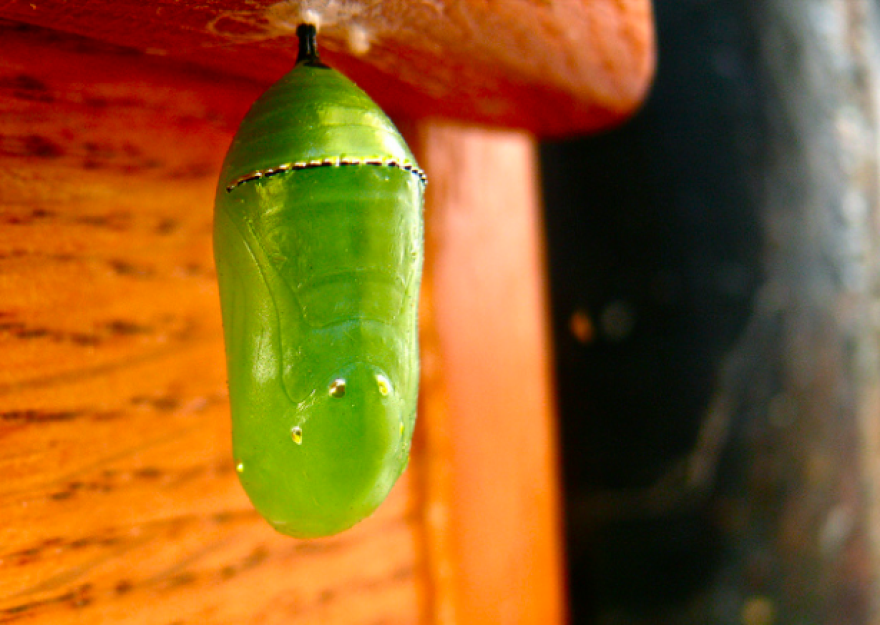This week we’re going coastal again. Winter is a great time to go to the coast, for many reasons. Fewer people, so you can appreciate landscapes and towns when they’re not inundated by tourism. Experiencing the ocean when it’s moody and brooding, if not angrily pounding the shore, which in these times feels right too. In winter you’ll also encounter magnificent coastal migrants, the California gray whale being the most famous. Now back to historic population levels and doing swimmingly, California’s gray whales seemed doomed 50 years ago.
Here’s to a similar happy ending for the monarch butterfly—famous for its winter presence in particular places along the California coast. Recent population declines are so steep that Western monarchs are close to extinction. A few decades ago, you could expect millions of monarchs every winter in key coastal locales in California. That number has declined overall by 99 percent, with an 86 percent drop this year (2018 -2019) compared to the previous year’s count. Monarch butterflies may disappear entirely in Western North America within decades if we can’t somehow reverse this disastrous trend.

There are many reasons for the monarch’s decline—including systemic pesticides, herbicide-resistant (aka “Roundup ready”) crops, climate change in general, and, for eastern populations, illegal logging in Mexico—all working together to eliminate milkweed, which the monarch needs to survive.
Like other butterflies and moths, monarchs hatch from eggs laid by adults on a likely food source and then grow into large caterpillars that eventually develop into magnificent orange and black butterflies, which lay eggs again. But the only plant those baby monarchs, the developing caterpillars, can eat—and the only place adults should deposit their eggs—is milkweed, which is disappearing in critical areas of the West, California included. Monarchs long ago developed the milkweed diet, which made them toxic to bug-loving birds, who learned the hard way to leave them alone.
Which is why we all need to roll up our sleeves, pull on those gardening gloves, and cultivate some native milkweed—all over California and the West, wherever monarchs may land on their migrations. The Xerces (ZUR-sees) Society and native plant nurseries can suggest particular native milkweeds that will do well where you live. In addition, consider buying only organically grown corn and soy products, given that mainstream versions of those crops are now grown as herbicide-resistant, a deadly change for monarchs.

In addition to growing the native milkweed that monarchs need for both short- and long-term survival, you also need to see and celebrate them. And share the monarch story with your family and friends.
Celebrate California’s monarchs in Pacific Grove on the Monterey Peninsula, with many spots where monarch butterflies winter plus a cool natural history museum. There’s even a big fine and potential jail term here if you’re caught “molesting” them. Once partial to Monterey pine or cypress trees for perching, monarchs these days prefer non native eucalyptus groves, areas with freshwater that are protected from wind. Keep in mind that they don’t fly or “flash” on cold or cloudy days.

Also good for seeing monarchs—often better—is Natural Bridges State Beach nearby, just north of Santa Cruz, which offers guided tours through February if the regal insects stick around that long. Farther south there’s the Coronado Butterfly Preserve just north of Santa Barbara, and another good population at Pismo State Beach.




